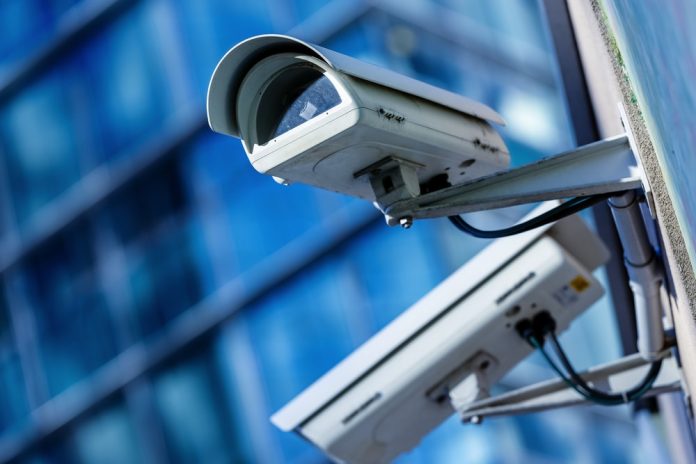Here’s a look at three reasons why video surveillance hardware, software, and services are seeing such a surge in demand.
By Roy Rasmussen
Video surveillance equipment and services are in demand. The video surveillance market is expanding at a compound annual growth rate of 15.4 percent, putting it on track to more than double from a value of $30.37 billion in 2016 to $75.64 billion by 2022, Markets and Markets projects. Video analytics, video surveillance camera systems installation, cloud-based security services, high-definition camera technology, and physical security concerns are some of the factors propelling this strong growth.
Video Analytics Is Expanding Business Applications of Surveillance
One driver of the video surveillance market is the fact that video analytics is creating new business applications for surveillance equipment and opening up new markets. Video analytics is bridging the gap between security and sales applications, says Security Magazine. When equipped with analytics, video cameras can not only prevent shrinkage by serving as a deterrent and helping capture thieves, they can also boost sales by providing valuable customer data.
For instance, analytics can be used to count how many customers enter and exit a store or a particular part of a store, helping retailers measure foot traffic volume and conversion rates, and also determine how many cash registers need to stay open for optimal shopping line flow. Analytics can also help boost conversion rates by creating heat maps that track where customers go in store aisles and what products they look at. This can be used to determine where to display hot items for maximum sales, or where to place slow-selling items to encourage more purchases. Coupled with reduced shrinkage, these increased sales translate into higher profit margins for retailers who use video analytics.
Wireless Technology Is Making Equipment Easier to Install
Another reason video surveillance technology has grown more popular is that wireless technology has made security equipment easier to install. Traditionally, security equipment has required wired installation, which limits possible camera placement options and takes more labor to set up. Wireless technology makes it possible to install cameras in virtually any location, expanding options for camera positioning while extending the effective perimeter of surveillance, as well as reducing installation labor and expense.
Best-in-class security companies seek to make installation as easy as possible. Sufi Khan Salaiman, vice president of e-commerce at surveillance camera systems provider Lorex Technology, says that Lorex is constantly researching ways to make installation easier, and he showcases ease of installation as one of his brand’s key selling points, along with video performance. The ease of wireless installation is helping make high-quality security cameras feasible for a wider range of business and consumer applications. For instance, construction companies are becoming a major user of mobile surveillance units specially designed for portable outdoor use.
High-Definition Cameras and Other Advances Are Improving Surveillance Quality
Lorex also specializes in delivering the latest cutting-edge advance in surveillance technology, another factor driving video surveillance adoption. In recent years, security camera resolution has improved first to HD quality and then to 4K Ultra HD. Coupled with advances in night vision technology, this has dramatically improved the ability to capture details even in low-light conditions. Camera designs have also grown more specialized for purposes such as unidirectional, multi-directional, outdoor and aerial surveillance. Technology such as cloud storage services and DVRs have made it easier to record and review surveillance footage. Wireless technology has made it possible for remote monitoring services to supervise properties from any location.
These advances have dramatically increased the efficiency of surveillance equipment. For instance, resolution and night vision are now powerful enough to detect identifying details such as suspect eye color even in very dim conditions. High resolution has also enabled automatic facial recognition, improving security applications as well as opening the door to business applications, such as customizing offers for in-store customers identified through facial recognition.
Video analytics has not only enhanced security applications of surveillance equipment but provided new ways for stores to improve sales performance. Wireless technology has made it easier to install security equipment anywhere, allowing for more flexible deployment options. High-definition cameras and other technological advances have improved the efficiency of surveillance, supporting applications such as low-light surveillance and facial recognition. These and other innovations have helped increase demand for video surveillance technology, setting the stage for strong growth in the industry over the next five years as more businesses realize the benefits of upgrading to the latest security equipment.
Roy Rasmussen, coauthor of Publishing for Publicity, is a freelance writer who helps select clients write quality content to reach business and technology audiences. His clients have included Fortune 500 companies and bestselling authors. His most recent projects include books on cloud computing, small business management, sales, business coaching, social media marketing, and career planning.
Video surveillance stock photo by pixinoo/Shutterstock







